Cleveland VA Hospital Suicide: Veteran’s Death at Louis Stokes VA Medical Center Parking Garage Shakes Northeast Ohio Veterans Community
A somber wave of grief and concern has swept through Northeast Ohio following the suicide of a military veteran at the Louis Stokes Cleveland VA Medical Center. The tragic incident occurred on Wednesday when the veteran reportedly jumped from the hospital’s multi-level parking garage, located on the medical campus in the University Circle neighborhood of Cleveland. This deeply unsettling act has left fellow veterans, caregivers, advocates, and healthcare professionals grappling with sadness, shock, and a renewed sense of urgency about the crisis of suicide among U.S. veterans.
The incident, confirmed by authorities as a suicide, has prompted an immediate and ongoing investigation. While officials have not released the identity of the deceased, the impact on the veteran community has been profound. This death not only highlights ongoing challenges within the Department of Veterans Affairs (VA) system, particularly regarding mental health support, but also renews questions about security, accessibility to crisis intervention, and how such a tragic event could occur on the grounds of a federal facility dedicated to the care of those who have served.
According to preliminary details, the veteran was on the premises early Wednesday morning. Witnesses, including hospital staff and visitors, observed the aftermath of the fall and notified emergency services immediately. Responders arrived quickly, but the veteran was pronounced dead at the scene. Operations at the VA hospital were momentarily disrupted, with the parking structure briefly closed off as officials assessed the situation and began their inquiry.
The Louis Stokes Cleveland VA Medical Center is one of the largest and most comprehensive veterans’ hospitals in the country. It serves thousands of veterans from Ohio and neighboring states. Given its size and scope of operations, including services ranging from physical rehabilitation to psychiatric care, the incident has raised broader concerns about the internal mechanisms in place for identifying and preventing self-harm among patients.
This tragic loss is not an isolated case. Across the United States, suicide among military veterans remains a persistent and deeply troubling issue. According to the most recent data published by the U.S. Department of Veterans Affairs, an average of 17 to 22 veterans die by suicide each day. Despite billions of dollars in funding for prevention, therapy, and support services, the numbers have remained stubbornly high for over a decade. Many within the veteran community argue that these statistics reflect a system still struggling to address the unique psychological wounds many veterans carry home from service.
In response to Wednesday’s suicide, several local and national advocacy organizations have expressed their condolences and concerns. Northeast Ohio Veterans Mental Health Alliance, a nonprofit group that offers peer support and education for veterans, called the incident “a heartbreaking reminder that the battle doesn’t always end on the battlefield.” Leaders of the organization emphasized that while VA facilities play an essential role in treatment, the need for broader community engagement and peer-to-peer support networks is more critical now than ever.
The tragedy has also attracted the attention of elected officials. Although no formal statements have yet been released, sources close to the Ohio congressional delegation indicated that members of Congress are expected to press for more stringent internal reviews at VA hospitals, especially regarding mental health monitoring protocols and architectural safety features at campuses nationwide. Some are advocating for barriers or enclosure systems at high-risk sites like parking garages, rooftops, and stairwells — areas that are, unfortunately, too often used in suicides.
Hospital administrators at the Louis Stokes facility expressed deep sorrow in a brief statement. “We are devastated by this tragic loss and our hearts go out to the individual’s family, friends, and fellow veterans,” the statement read. “As an institution committed to healing and hope, we are fully cooperating with the investigation and taking every measure to ensure a safe, supportive environment for all who walk through our doors.”
For many veterans receiving care at the facility, the incident was personal. One Navy veteran, who asked to remain anonymous, shared his reaction: “I walk through that garage every time I come in for therapy. To think someone stood in that same place and decided they couldn’t take it anymore — that’s not just tragic, that’s a call for help we all need to hear.”
The psychological and emotional burdens that veterans carry are complex and varied. Many experience post-traumatic stress disorder (PTSD), depression, anxiety, substance abuse, and survivor’s guilt. These mental health struggles are compounded by difficulties in civilian reintegration, financial hardship, and feelings of isolation. For some, the transition from military to civilian life proves more disorienting than any deployment ever was.
Despite the VA’s best efforts, including the deployment of national hotlines, crisis response teams, and trauma-informed care programs, accessibility and trust remain barriers. Some veterans report long wait times for appointments, a lack of continuity in care, or discomfort with clinicians who do not fully understand military culture or trauma. For those in acute crisis, these barriers can mean the difference between survival and tragedy.
Community response has already begun. Several Cleveland-area veteran organizations have announced emergency meetings and support sessions in the wake of the suicide. Churches, counseling centers, and veteran centers are opening their doors for those seeking someone to talk to. At the same time, VA-affiliated mental health professionals have begun ramping up outreach, ensuring that patients are reminded of emergency numbers, walk-in clinic hours, and group therapy options.
The incident has also raised concerns among family members of veterans who frequent the Cleveland VA Medical Center. Many are now asking whether more can be done to prevent such events, not only through mental health services but through environmental design. Suicide prevention through architectural deterrents — such as taller barriers, restricted access points, surveillance, and signage linking to crisis resources — has already been implemented in several U.S. cities with bridges and public transit platforms. Experts say similar measures could be adopted at hospitals.
In addition, the question of how suicide is reported, discussed, and memorialized remains crucial. Mental health professionals caution against sensationalizing the act or focusing on specific methods, which can lead to what’s known as the “Werther Effect” — a phenomenon where publicized suicides lead to an increase in similar incidents. However, silence can be just as damaging. Honest, compassionate, and stigma-free conversations are needed to bring the topic out of the shadows.
Many veterans agree that peer support remains one of the most effective tools in suicide prevention. Veterans helping fellow veterans — whether through formal mentoring, group counseling, or simply being available — can often reach those who resist traditional therapy. “Sometimes, all it takes is someone who understands,” said a Marine Corps veteran who volunteers with a local suicide prevention nonprofit. “We need more boots on the ground in this fight.”
As the investigation continues, officials have not yet indicated whether the veteran was currently receiving mental health treatment or had prior interactions with hospital crisis services. Privacy laws protect much of that information, but in similar past cases, internal reviews have led to procedural reforms or staff training enhancements.
For now, the Northeast Ohio veteran community grieves and reflects. Candlelight vigils are being organized near the medical center in the coming days, and support groups are planning open forums to allow veterans and their families to speak out and seek help. While nothing can undo this tragedy, many hope that the veteran’s final act will not be in vain — that it will instead catalyze renewed efforts to protect and uplift those who have already sacrificed so much.
If you or someone you know is struggling with thoughts of suicide, help is available 24/7. Contact the Veterans Crisis Line by dialing 988, then press 1, or text 838255. Support is free and confidential.
Keyword List for SEO Optimization (Place at Article End)
- Cleveland VA suicide
- Louis Stokes VA Medical Center death
- Veteran suicide at VA hospital
- Northeast Ohio veteran mental health
- VA parking garage suicide incident
- Veteran suicide awareness
- Suicide prevention for veterans
- Cleveland veteran mental health crisis
- VA hospital security and safety
- PTSD and veteran suicide
- Veterans Crisis Line
- VA suicide investigation Cleveland
- Cleveland VA parking garage tragedy
- VA mental health services failure
- U.S. veteran suicide epidemic

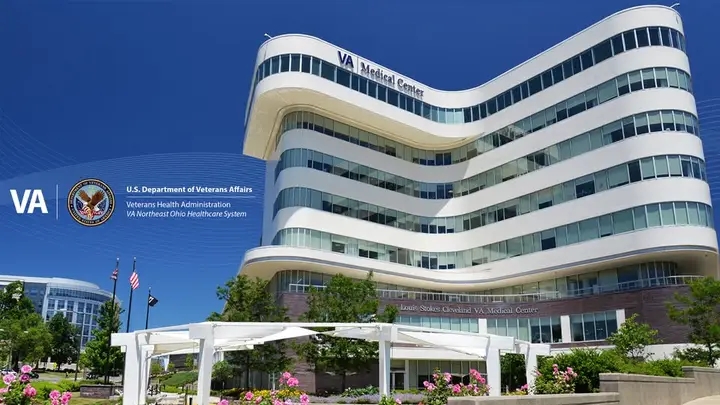

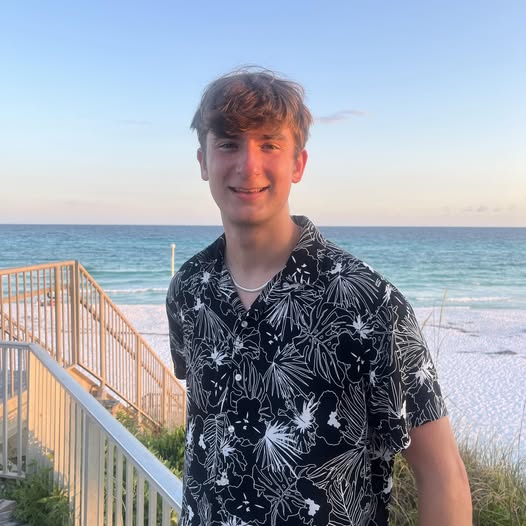
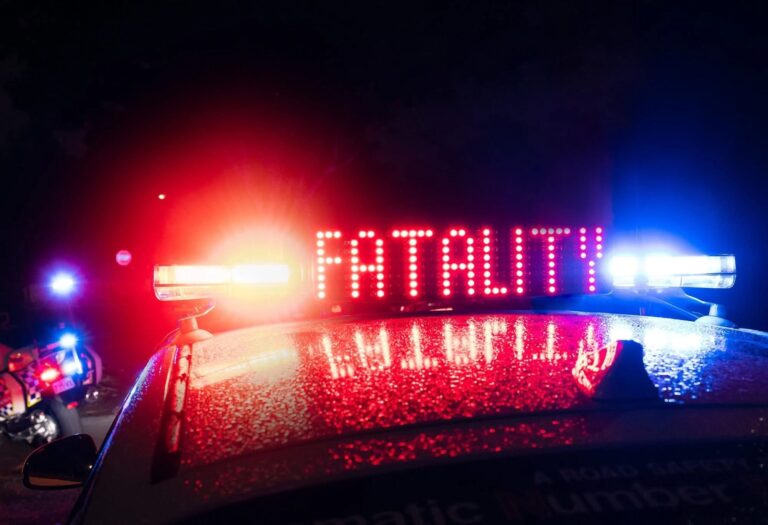
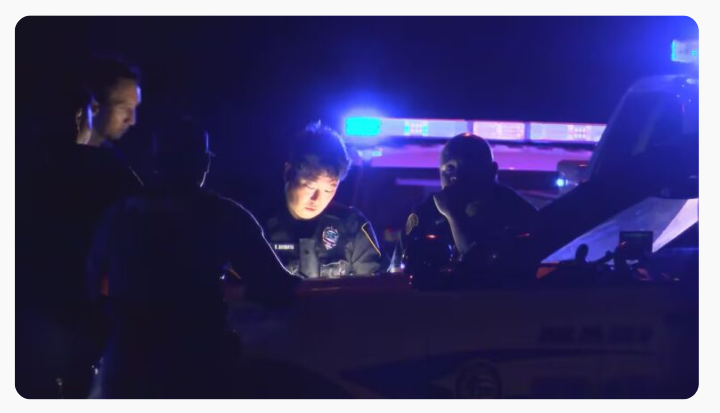
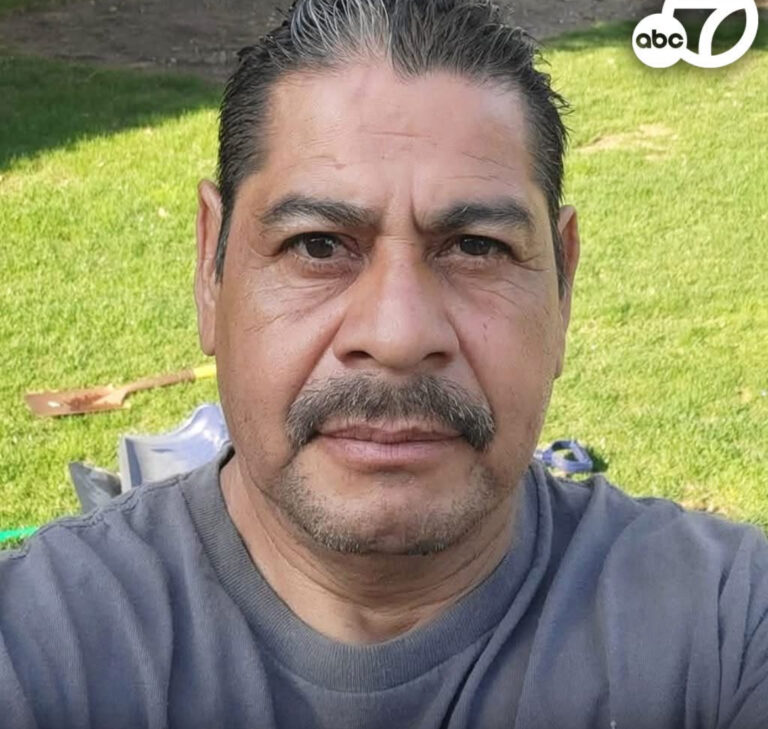
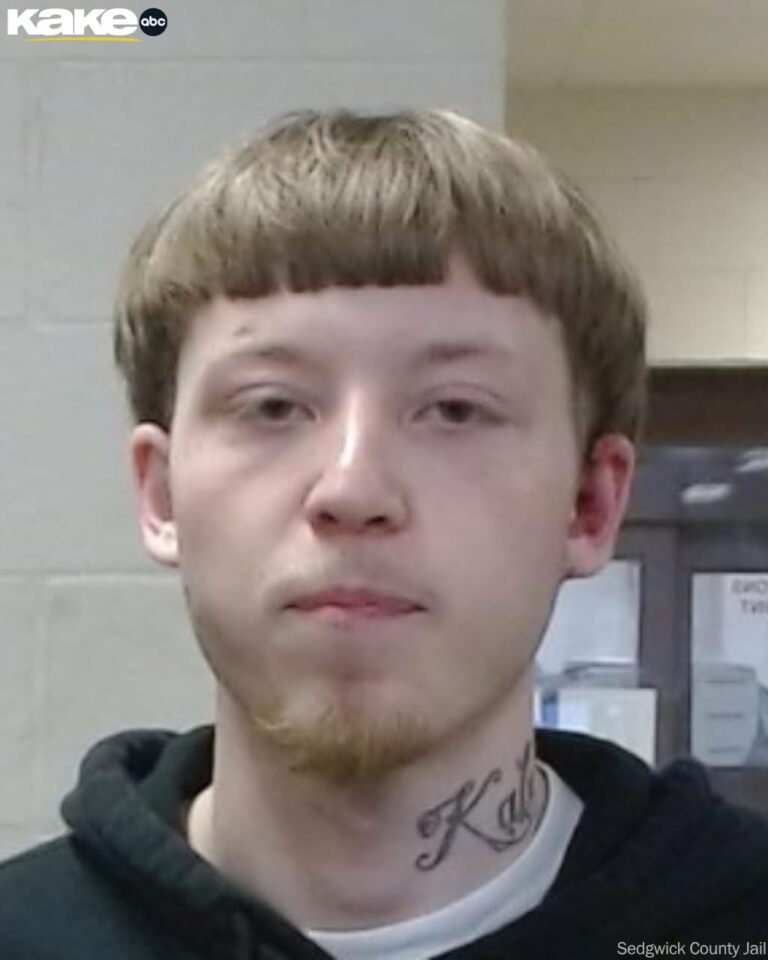
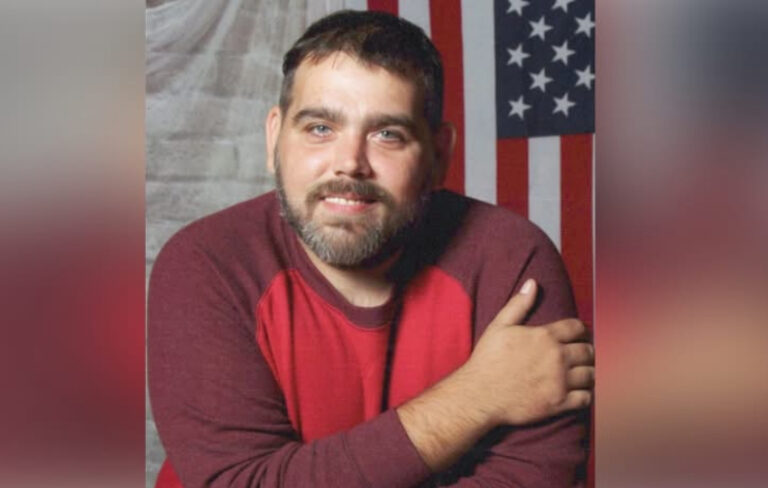


Leave a Reply